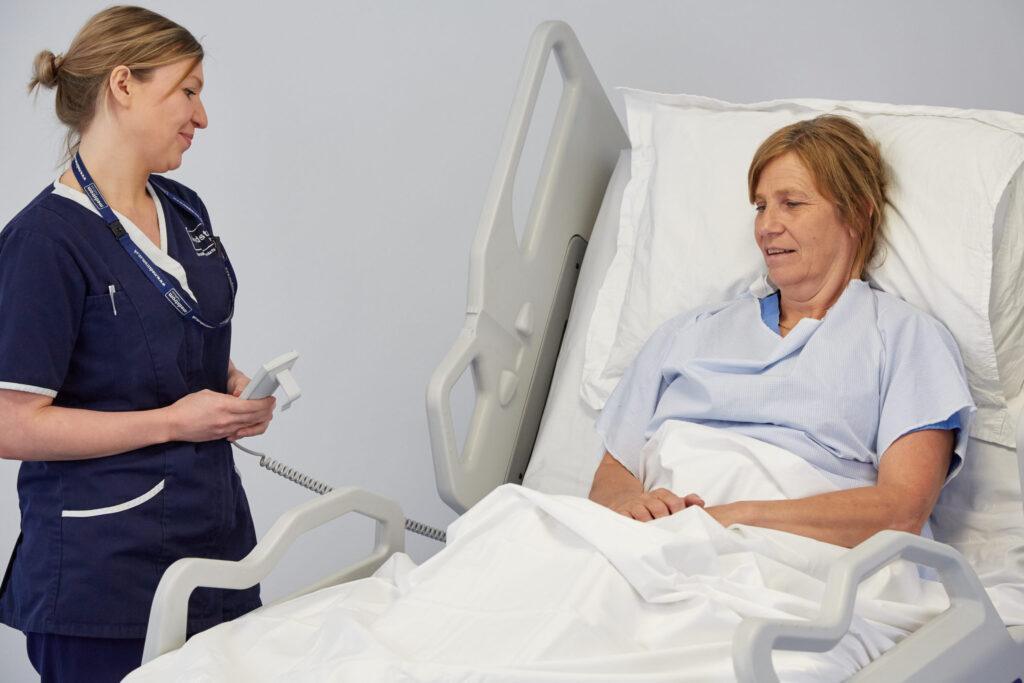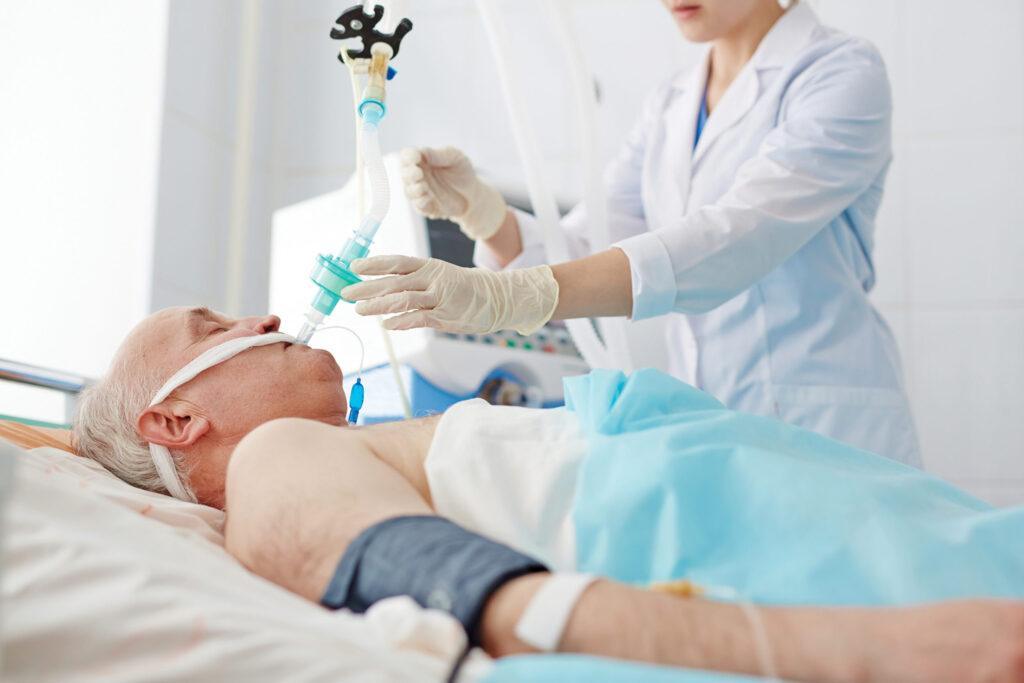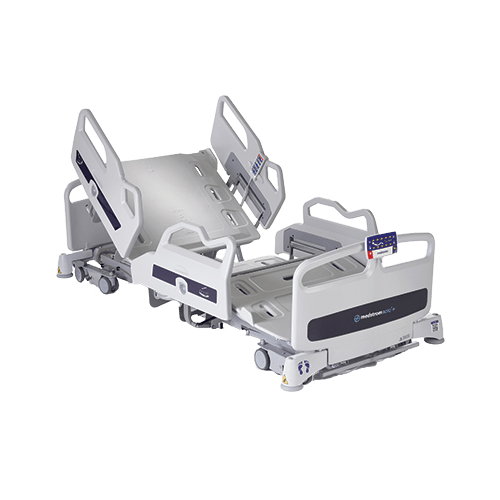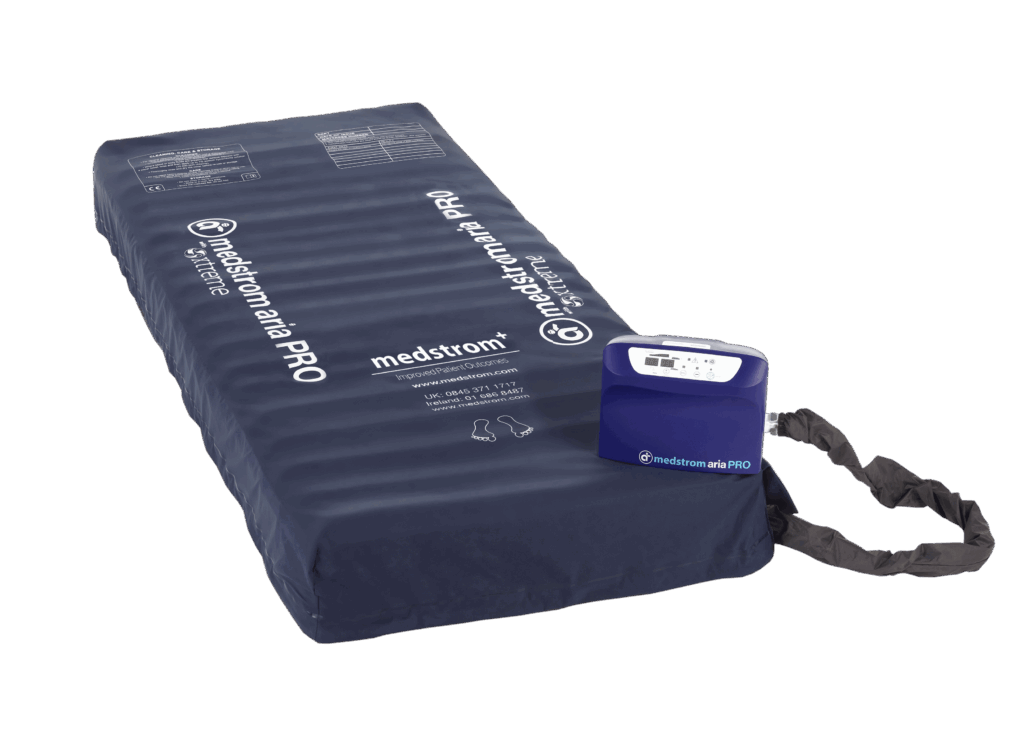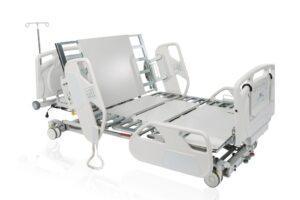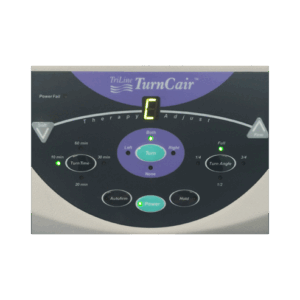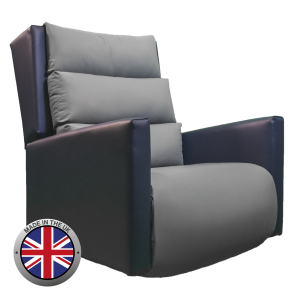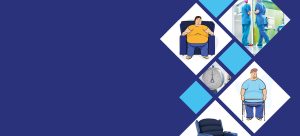
Versatech 1100 Bariatric Bed
The Versatech 1100 bariatric bed has recently been added to the existing range of bariatric beds available via Medstrom Select rental packages.
This post briefly outlines some common challenges that can occur when selecting bariatric beds, and how the Versatech 1100 can help to overcome them. It also links to a case study describing how one particular patient was able to start mobilising independently using the bed, following two months of hoisting.
Challenges with Bariatric Bed Selection
At Medstrom, we firmly believe that the right products should be with the right patient at the right time. However, the best mix of products for a patient may well change over the course of their treatment journey.
Ensuring the correct equipment is in place can be more difficult to achieve for plus-size patients, often due to availability issues. Some of the challenges that occur as a result include:
- Patients can’t mobilise safely from their bed. This is usually because the platform is too high, even at the bed’s lowest height. To mobilise safely, patients should start at their popliteal height, with their feet flat on the floor.1 The higher the bed, the less people will be able to do this.
- Delays in mobilisation result in deconditioning and increased frailty.2 Even a short delay in mobilisation can have a significant impact on muscle strength, respiratory health, continence and gut health.3 And these risks remain for as long as a person is in a bed they can’t get out of.
- The bed isn’t wide enough for the patient to safely move and turn. This can result in less in-bed mobilisation and repositioning. In turn, this increases risks of deconditioning and skin damage due to moisture and/or pressure. It also increases manual handling risks for caregivers.
- Weighing the patient is difficult. For many patients, regular weight monitoring may be needed for optimal care. If there are no suitable scales available, this isn’t possible. If available, a hoist may be used for weighing, but some patients may not like this, especially if they are in pain or feel unsafe.
How Can the Versatech 1100 Bed Help to Overcome these Challenges?

Versatech 1100 has a number of key benefits which help to address these challenges:
- An ultra-low platform height of 21cm allows 96% and >99% of adult females and males respectively to safely mobilise from the bed, at their popliteal height.1 This enables safer, earlier mobilisation, reducing the risk of falls. It also helps to to reduce deconditioning and improve outcomes.
- The bed platform is width adjustable. The platform width adjusts from 89cm to 119cm. This gives optimum flexibility, allowing it to be moved into lifts, side rooms etc. Once it’s in the bed space, it can be adjusted out to the best with for the patient.
- A built-in Class III weighing scale provides an easy and dignified solution to monitor the patient’s weight.
Case Study
Chris* was admitted to hospital following a fall. Find out how the Verstech 1100 bed, with a TurnCair 1000 mattress and a bariatric riser-recliner chair helped Chris’ recovery journey, and enabled him to become independently mobile again. Click here or on the image below to read his story.
*Chris is not the patient’s real name.
References
-
Martindale D (2021). Calculating bed height for hospital patients using popliteal measurement. Nursing Times [online]; 117: 10.
-
Arora A (2017). Time to move: Get up, get dressed, keep moving. NHS England. Available online: NHS England » Time to move: Get up, get dressed, keep moving
-
Laidler D. Physiological results relating to inactivity (2021). NHS Education for Scotland. Available online: Physiological results relating to inactivity | Turas | Learn (nhs.scot)
